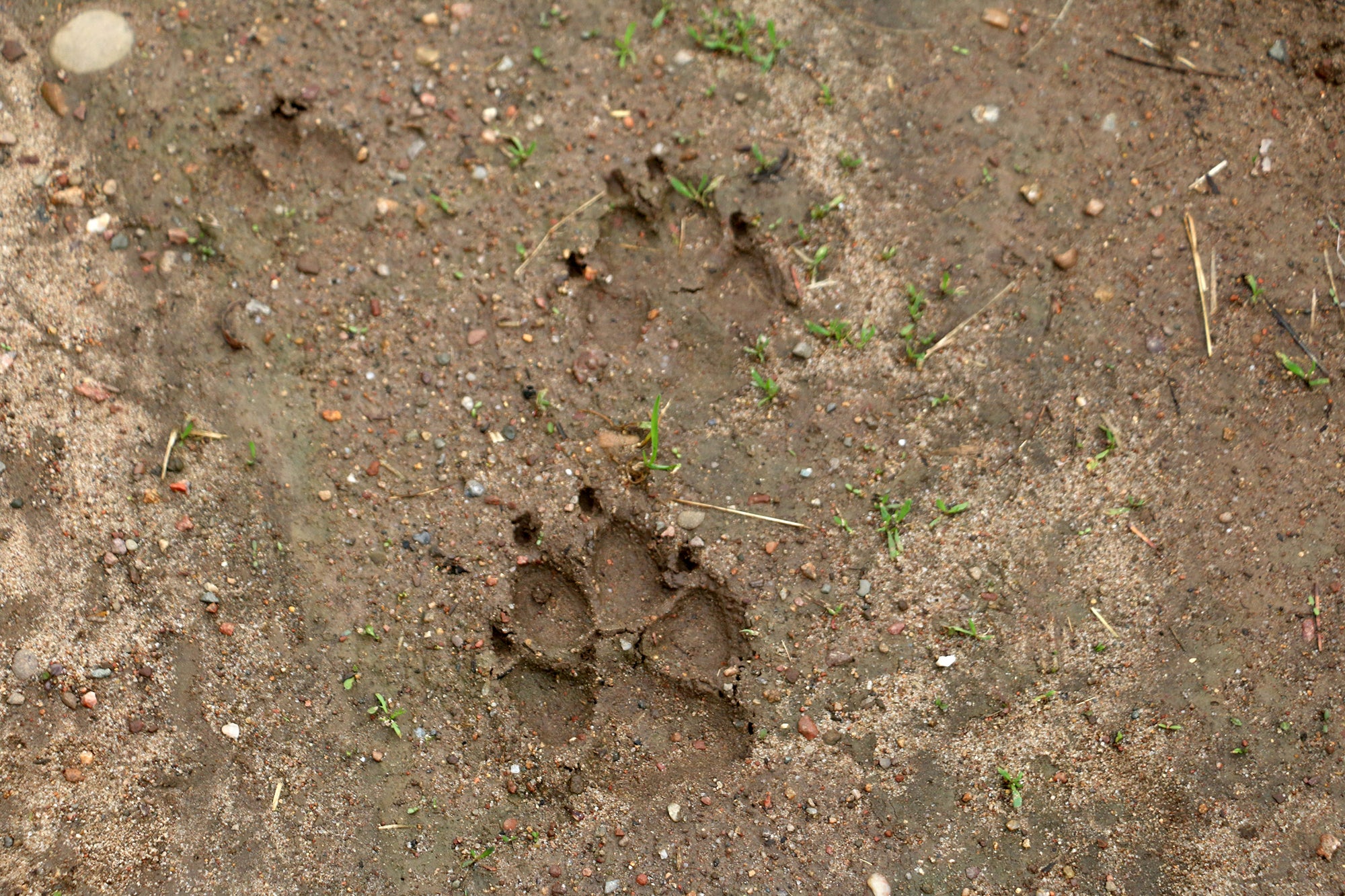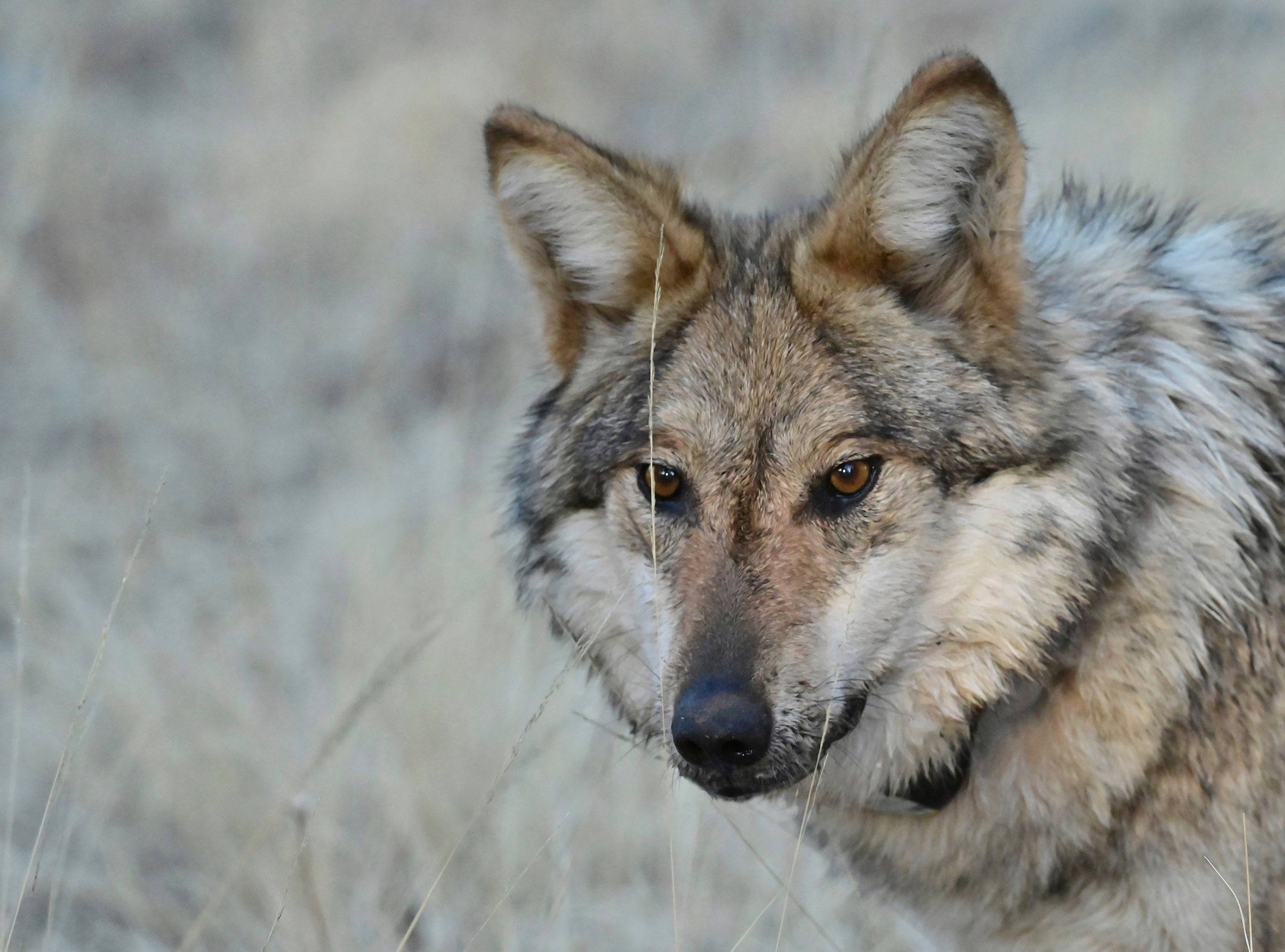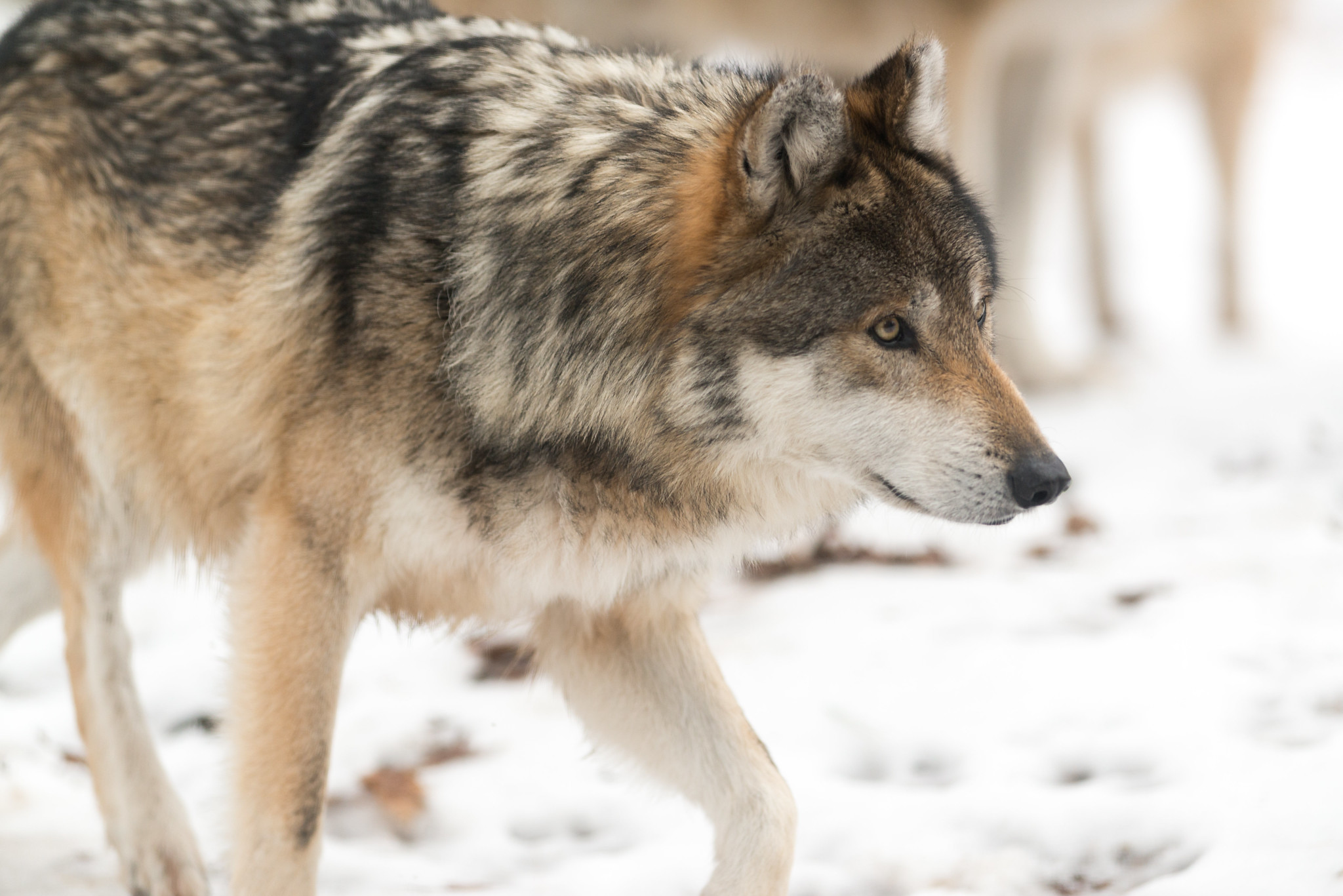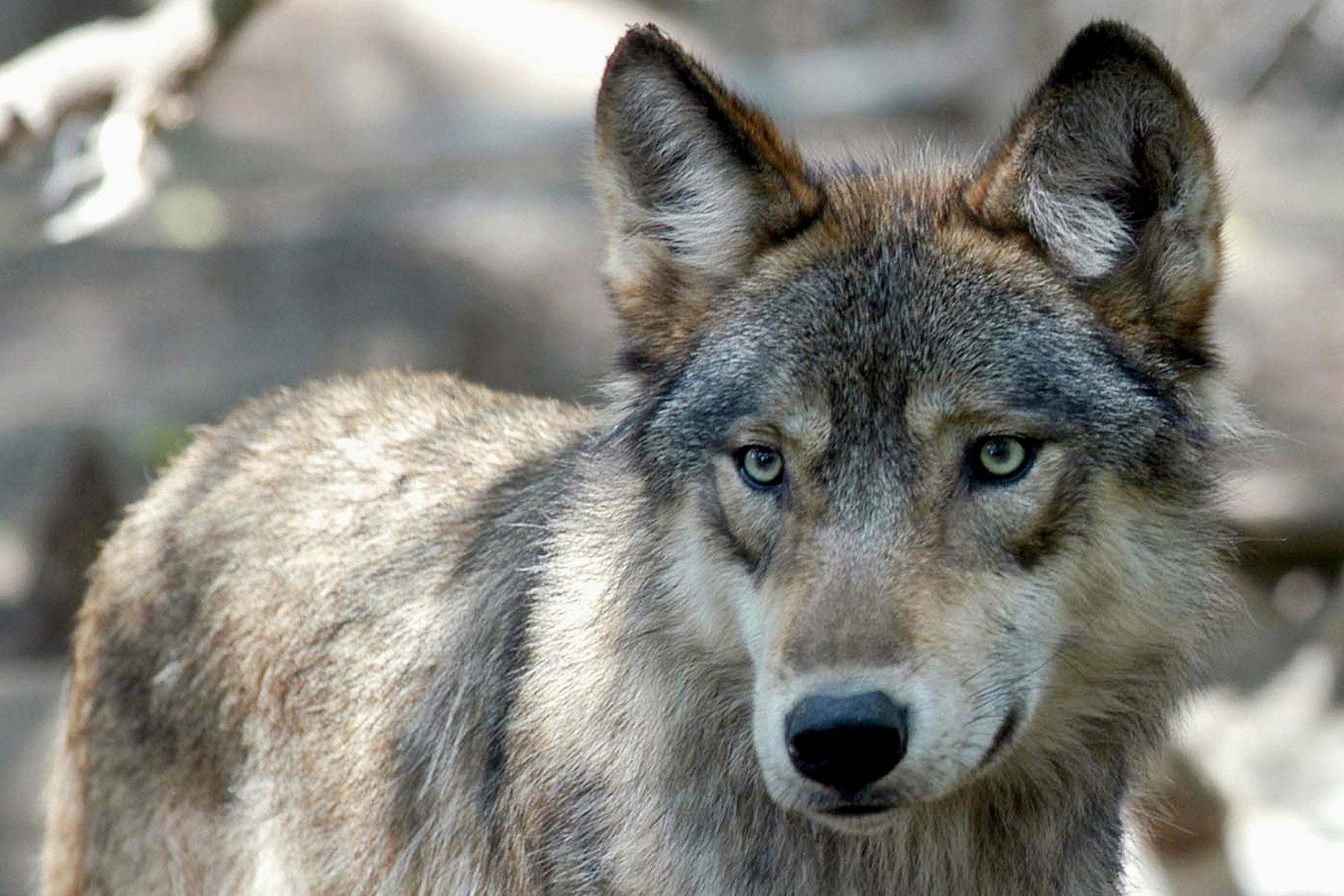In November 2018, wolves killed Laurie Groskopf’s 11-year-old hunting dog in Oneida County. That was nine years after wolves killed another of her dogs.
“These animals were trailing bear at the time, and one was trailing bobcat,” Groskopf said. “They were attacked by wolves without any provocation and killed. And for us, it’s been really, really traumatic.”
Wisconsinites subsidized Groskopf’s loss. She received $5,000 through an obscure Department of Natural Resources program that compensates animal owners for losses to wolves. But Groskopf said the payments — $2,500 for each dog — could not make up for the loss of pets she treated as family.
News with a little more humanity
WPR’s “Wisconsin Today” newsletter keeps you connected to the state you love without feeling overwhelmed. No paywall. No agenda. No corporate filter.
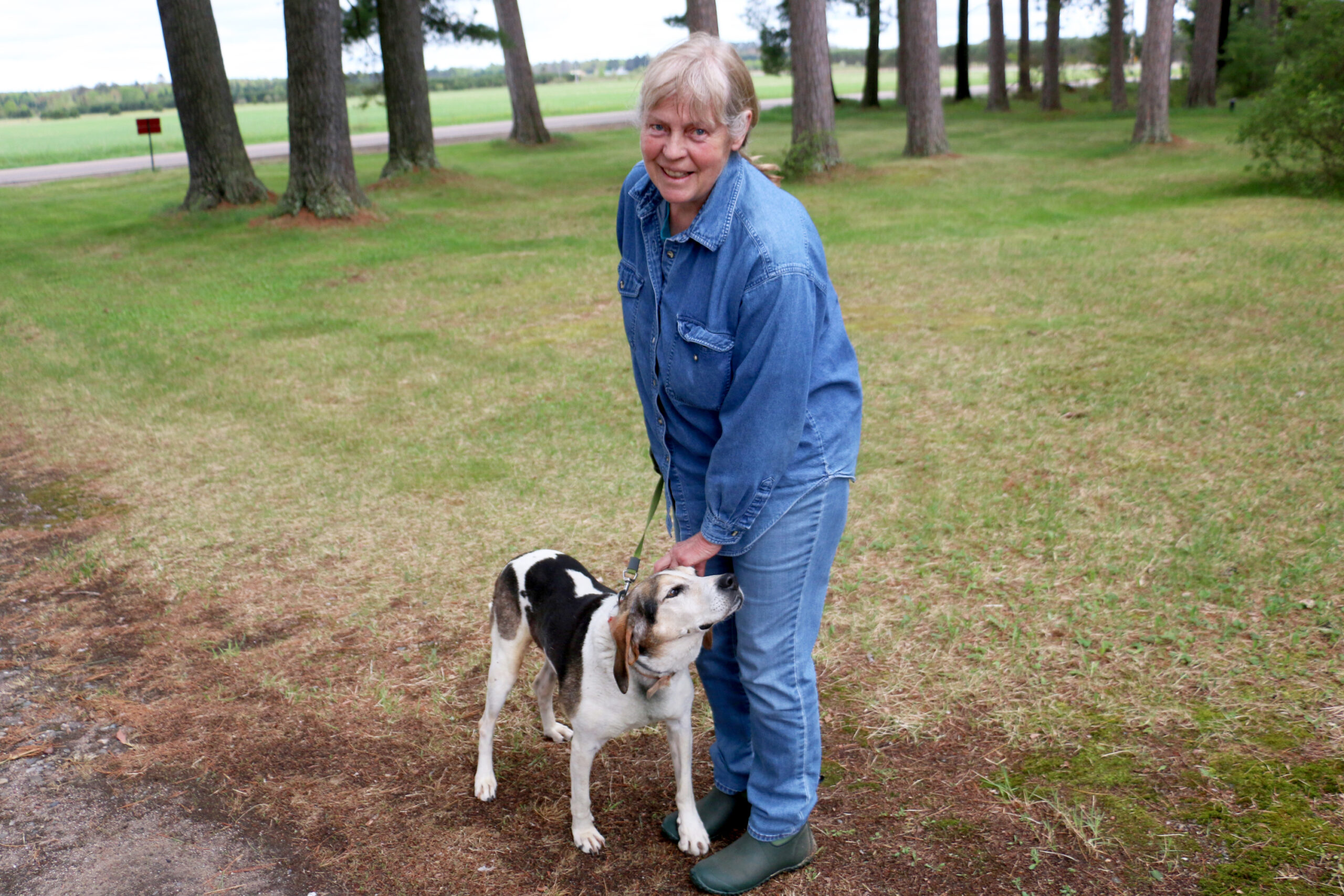
Nearly 60 years after gray wolves were considered extinct in Wisconsin, the population has rebounded dramatically, to more than 900 in the state. That is thanks to decades of protection under the federal Endangered Species Act, which makes it illegal to hunt or harm listed species.
But the conservation success story has turned into a nuisance for hunters, farmers and others whose animals are increasingly encountering wolves — with deadly consequences. That is why some are calling for the federal government to delist wolves and resume legal hunting.
“I would say to people who are against controlling the wolf numbers, ‘What gives you the right to decide that my life is going to change substantially because you think wolves belong in my neighborhood?’” Groskopf said.
The wolf encounters are running up a tab on taxpayers. Over 34 years, the DNR has paid $2.5 million and counting in damage payments to hunters and livestock owners. Meanwhile, the compensation program appears to be falling short in one of its goals: making hunters and farmers more tolerant of wolves to reduce illegal killings of the protected animal.
The DNR has documented at least 260 illegal gray wolf killings since 1985, including 10 between April of 2018 and April of this year.
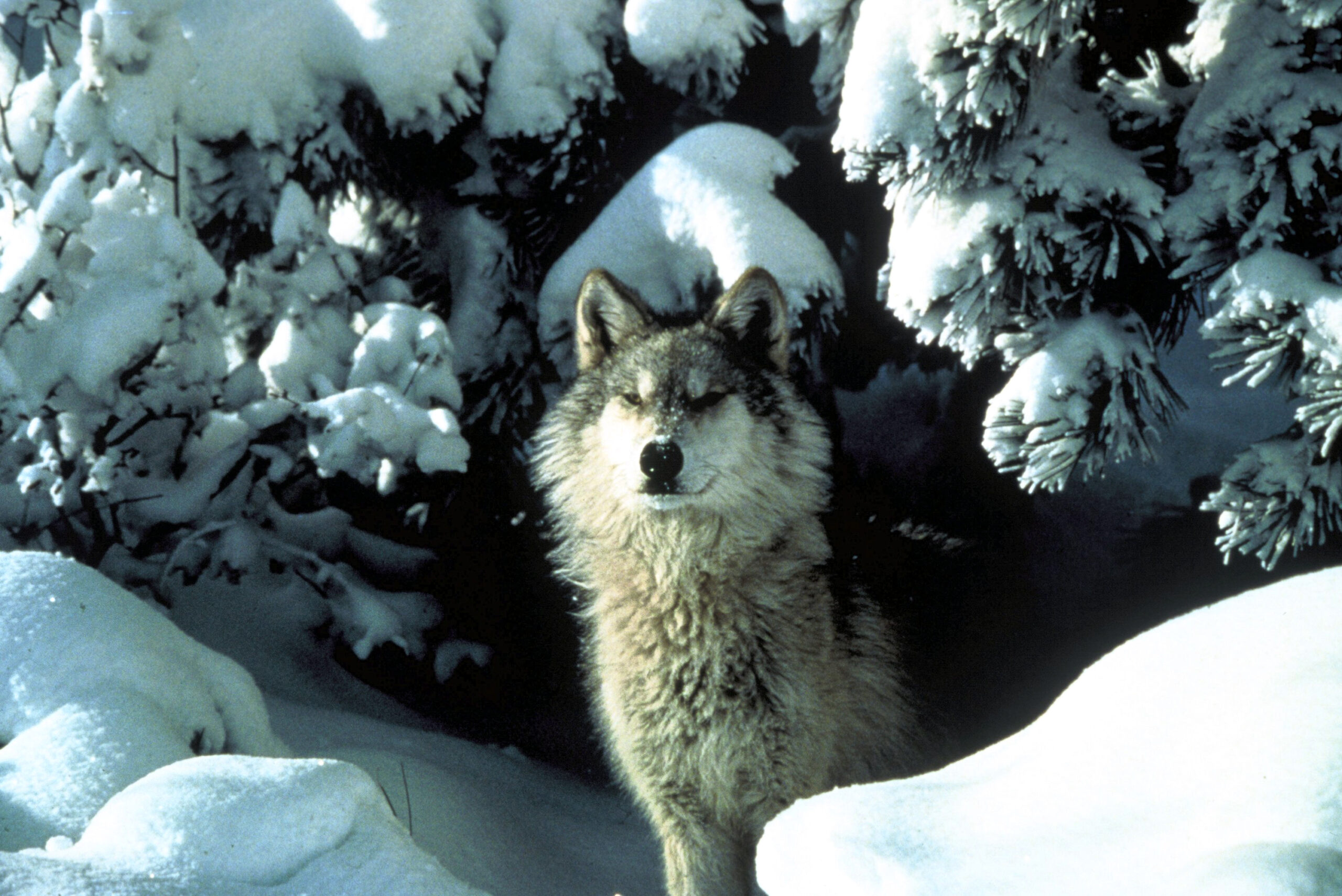
People convicted of killing a federally protected wolf can face up to six months in jail and/or a $25,000 fine, according to the DNR. Penalties can include the loss of a hunting license.
Those wanting to legally hunt the animal could get their wish. President Donald Trump’s U.S. Fish and Wildlife Service this year proposed lifting endangered species protections for wolves, calling their rebound “one of the greatest comebacks for an animal in U.S. conservation history.”
But Trump faces opposition from some conservation and animal rights groups that argue wolf populations have not recovered enough to survive hunting. And even if he succeeds in lifting protections, Wisconsin will continue to pay those who lose animals to wolves. That is because a 1999-2001 budget amendment enshrined the payments in perpetuity — regardless of wolves’ protected status.
Even some of that program’s beneficiaries question its usefulness.
“I’d rather see that money going toward management and control rather than buying a dead animal because we’re paying for it with our taxes,” said Jack Johnson, who raises beef cattle on a third-generation farm outside the city of Medford. Johnson said the state paid him about $400 in 2014 for a wolf-ravaged calf that would have otherwise fetched between $700 and $900 on the market.
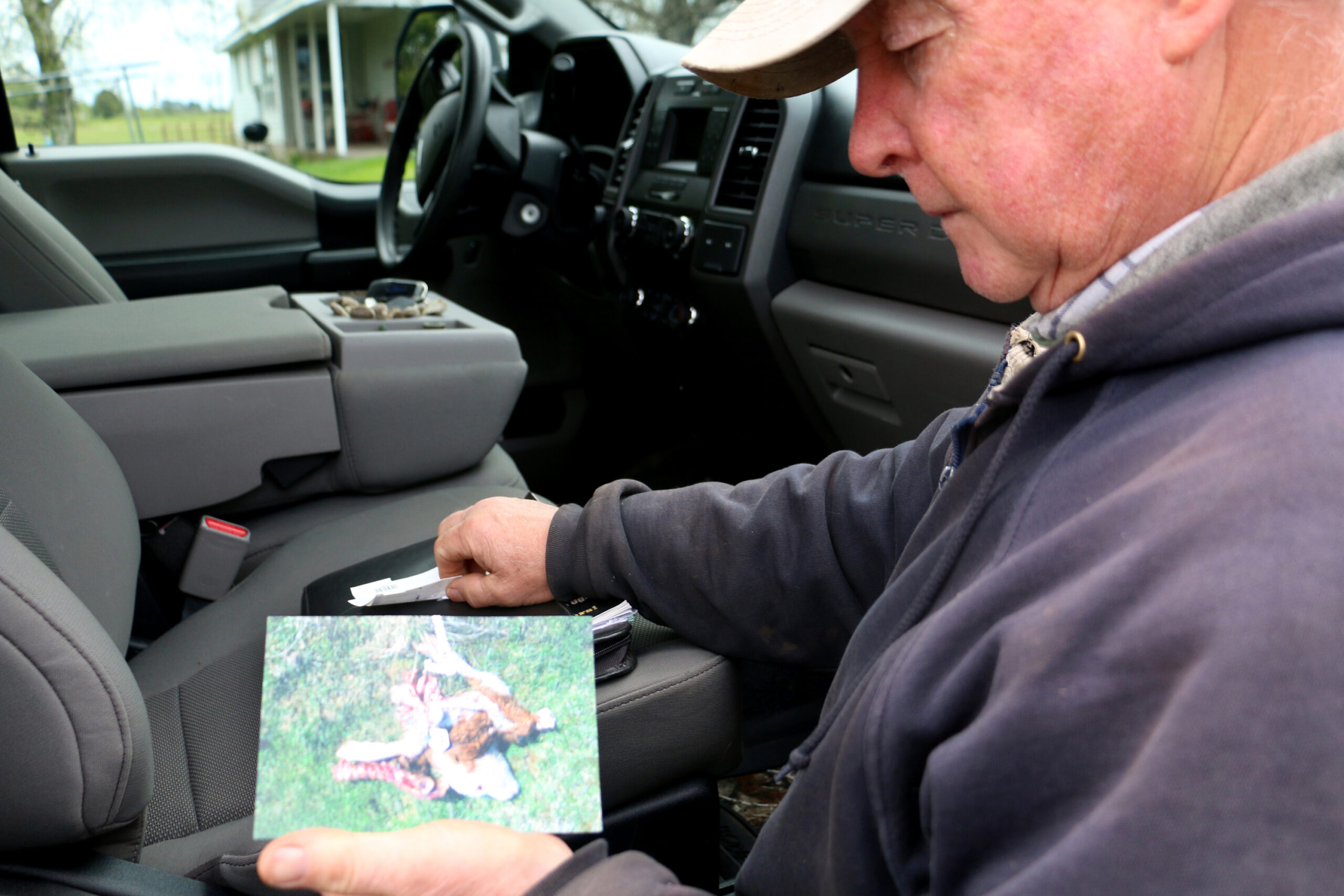
The debate is only the latest in the ever-changing — and sometimes confusing — history of wolf management in Wisconsin and beyond. And it comes as Wisconsinites are divided on wolf issues.
Mike Wiggins, Great Lakes Indian Fish and Wildlife Commission board member and chairman of the Bad River Band of Lake Superior Chippewa, said his community sees the wolf as a brother whose fate is intertwined with the community’s.
“And it’s been pretty remarkable to see their return,” he said. “I’ve probably had four or five occasions to see wolves in the wild, and it’s just an amazing, thrilling kind of occurrence that lights up the land, lights up everything with electricity. It really is a wilderness kind of experience, and it’s a gift.”
A 2014 DNR survey found that residents held attitudes toward wolves that were more favorable than unfavorable — by a small margin within wolf range, and by a larger margin outside the wolf range in northern and central Wisconsin. The survey also found that a majority supported a regulated hunting and trapping season.
Wolves Declared Extinct
Gray wolves have roamed Wisconsin since the glaciers melted about 10,000 years ago — coexisting with Native American tribes that highly respected the hunting animal, according to the DNR. As many as 3,000 to 5,000 wolves were here when the state’s European settlers arrived in the early 1800s, but that would not last. Wisconsin offered a bounty on wolves from 1865 to 1957, spurring widespread hunting that decimated populations.
By 1960, wolves were considered extinct in Wisconsin; similar trends played out in other parts of the country.
In 1974, the Fish and Wildlife Service added gray wolves to the list of federally protected species under the Endangered Species Act. By 1980, the DNR counted a fragile population of just 25 wolves in northern Wisconsin, as a few packs moved in from across the Minnesota border.
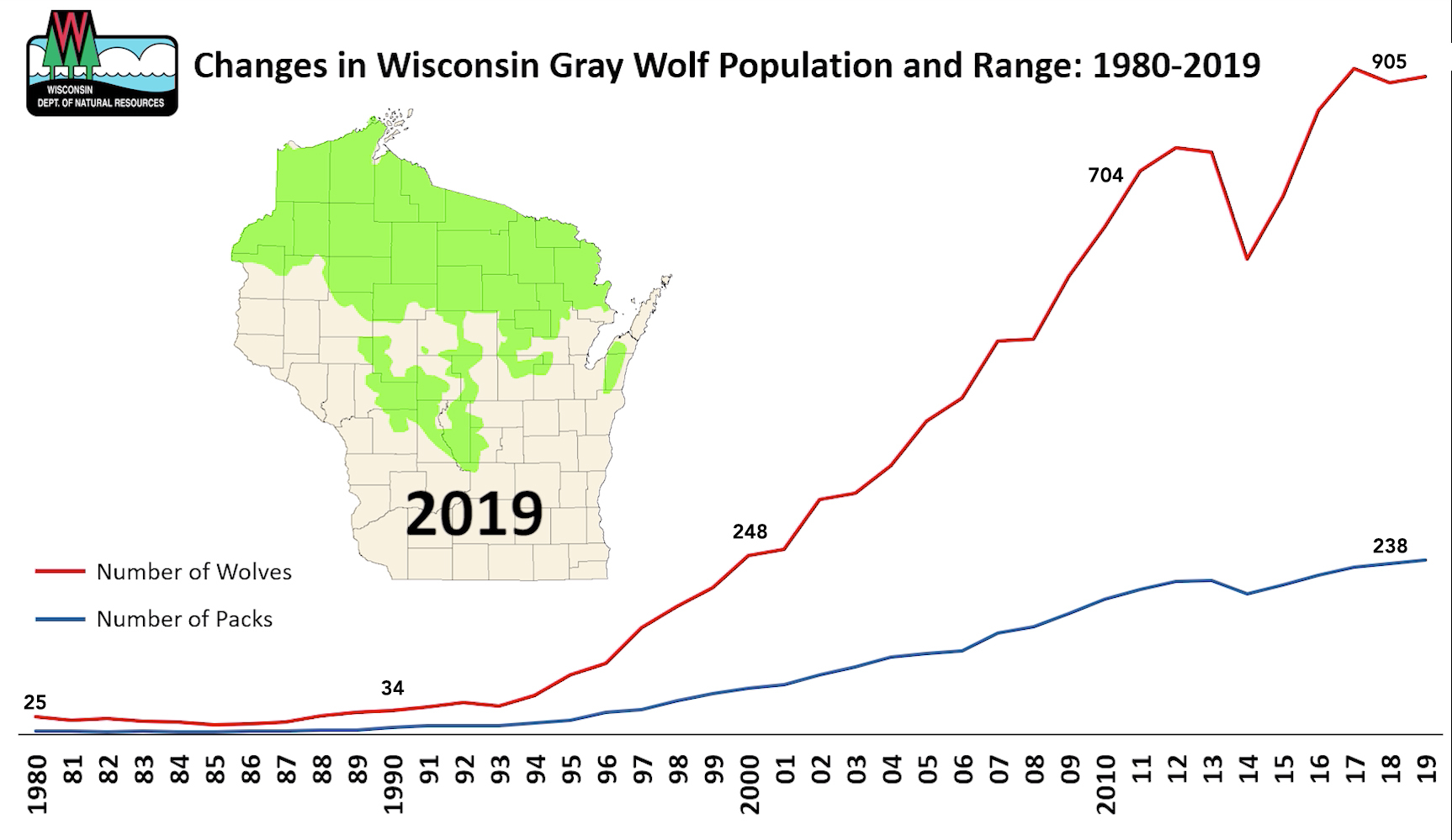
The animals’ listing status has since changed repeatedly, often in response to legal challenges. And the federal government allowed Wisconsinites to hunt wolves earlier this decade.
On Jan. 27, 2012, the Fish and Wildlife Service removed the gray wolf from the list of endangered species in Michigan, Minnesota and Wisconsin and parts of adjoining states. That also allowed the killing of wolves attacking livestock. The same day, Wisconsin lawmakers introduced a bill to create a wolf hunting season.
While wolf hunting advocates supported the bill, retired DNR wolf researcher Adrian Wydeven called the bill “egregious” because it mandated a season structure and methods for hunting wolves, including allowing the use of dogs to track them. He said traditionally the Legislature gave authority to DNR to create those types of rules through a lengthy, public rulemaking process.
“I think it was kind of like legislative overreaction that we finally get a chance to control this wolf population,” Wydeven said. “We’re going to do it as intensely as possible while we can do it.”
The hunt drew opposition from animal rights groups and the Great Lakes Indian Fish and Wildlife Commission, which represents tribes in Minnesota, Wisconsin and Michigan. Wiggins, of the Bad River Band of Lake Superior Chippewa, said he wanted to sue, but ultimately, the commission chose not to litigate.
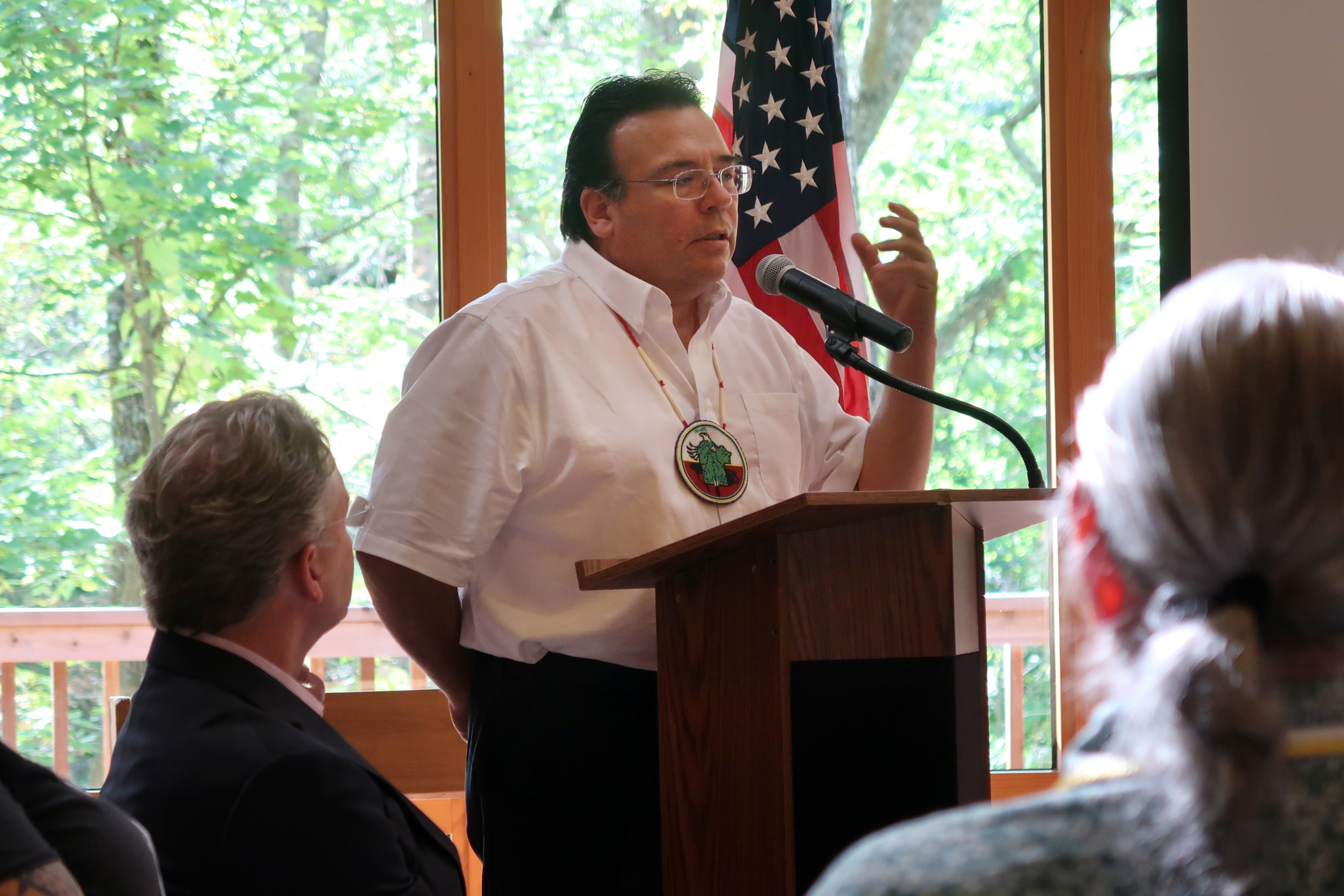
Wisconsin held wolf hunting seasons in 2012, 2013 and 2014, until the federal government re-listed wolves in the western Great Lakes area as endangered following a federal court ruling. In those years, hunters killed 528 wolves, according to the DNR. Another 176 were killed through the renewed authority to use lethal force in response to attacks on livestock and other domestic animals.
If Trump succeeds in removing wolves from the protected list, hunting would again be allowed in Wisconsin, Scott Walter, a DNR large carnivore specialist, said in an email. But it would not happen right away. The agency would need to draw up state rules such as creating quotas and a permit application process, he said.
Damage Payments Begin
In 1983, the state established an income-tax checkoff that allows residents to donate to support federally protected species. It earmarked 3 percent, or up to $100,000 a year, to pay for damage caused by wolves and other animals under federal protection.
Wisconsin doled out its first wolf damage payment in 1985. A Douglas County farmer received $200 for killed sheep. Two years later, the state paid $2,500 for a hunting dog named Ranger, the first payment for “personal property” under the program.
Retired DNR section chief Randy Jurewicz said the idea of paying for hunting dogs was hotly contested within the agency.
“Paying for livestock made a lot of sense to almost everybody,” Jurewicz said. “These are animals that are being raised, being sold, it’s the Wisconsin way of life, and that made sense.”
Compensation for dogs killed by wolves was controversial, he said, in part because some believed hunters were knowingly putting their dogs in harms’ way.
“What kind of ruled was the fact that we had so few wolves in the state that, really, just a little bit of real serious negative feelings toward them would have eliminated them,” he said. “People just would not have tolerated them.”
DNR wildlife biologist Brad Koele now administers the wolf damage payments. After struggling with determining the market value for each dog, he said the agency set a limit of $2,500, which Wisconsin Bear Hunters’ Association president Carl Schoettel described as “fair and appropriate,” adding, “It is devastating for a pet owner to have their companion viciously eaten by wolves.”
To date, payments have averaged $2,324. The DNR paid a total of $806,451 for hunting dogs as of Oct. 3.
To limit dangerous interactions between wolves and dogs, the DNR offers an interactive map showing areas where dogs have recently been killed.
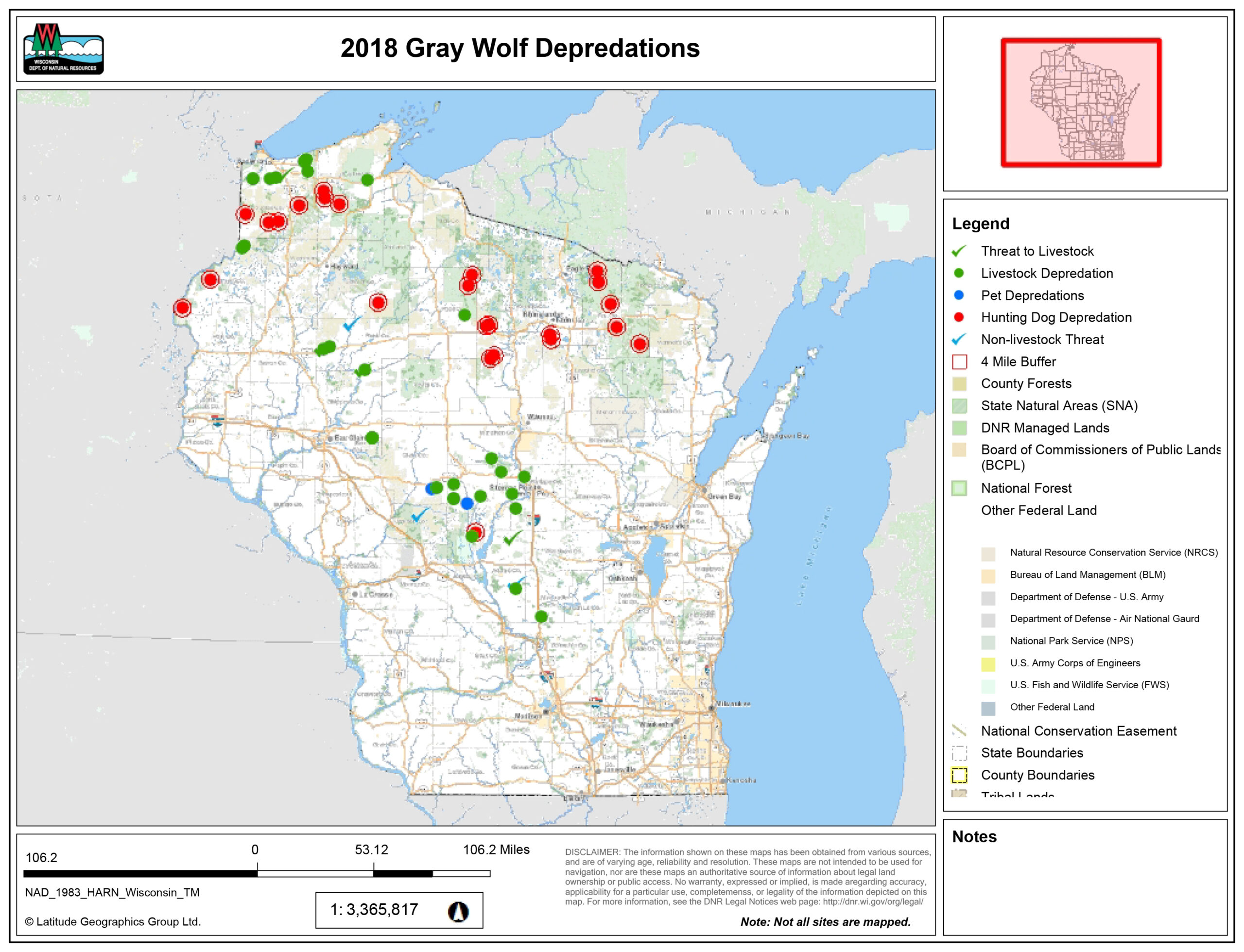
But Groskopf said wolves are everywhere she hunts and trains her dogs. Groskopf operates a website, Wisconsin Wolf Facts, to raise awareness of the problems she said wolves have created for farmers and hunters.
“Eventually, there’s so many of them that you’re going to run into them,” she said.
The goal of the payments was, in part, to build tolerance among farmers and hunters for the increased wolf population. But illegal killings continued. A 2018 study by DNR research scientist Jennifer Stenglein found 9.4 percent of all radio-collared wolves were illegally killed between 1979 and 2013.
Adrian Treves, a University of Wisconsin-Madison professor and founder of the Carnivore Coexistence Lab, thinks the DNR has undercounted the number of illegally killed wolves. In 2017, he co-authored a study that found up to 37 percent of wolves the DNR reported as being killed by vehicles had metal fragments consistent with gunshot wounds. Wydeven disagreed with that finding.
Although wolves rarely attack humans, an ancient fear of the predators persists among some people. Treves said lifting federal protections and allowing lethal control would send a “policy signal” to would-be poachers that they could kill wolves without consequence.
Wolves Rebound; New Rules Written
In anticipation of a federal push to remove wolves from the Endangered Species List, the DNR released a wolf management plan in 1999 that set rules for trapping, relocating and killing wolves that attacked livestock and pets once the state assumed management authority.
If wolves were to be delisted, it also meant farmers, pet owners and hunters would stop getting payments for animals killed by the formerly protected predators. But that budget amendment, introduced by former state Sen. Kevin Shibilski, D-Stevens Point, ensured the reimbursements would continue.
“I don’t remember how or even whether I authored and introduced an amendment,” Shibilski said. “But I certainly remember the debate, the ongoing conversation about how we live with wolves on the landscape.”
Shibilski, a former bear hunting guide, said the wolf damage payments are about safeguarding wolves.
“If you don’t behave responsibly and reimburse people for actual losses, you risk enabling bad actors out there, vigilante wildlife managers who are trying to kill predators wantonly and end up raising all kinds of havoc in our wolves, and that’s been happening,” he said.
Shibilski pointed to an incident this spring in which a wolf, three dogs, coyotes and other wild animals were killed by poisoned meat scattered throughout Florence, Marinette and Bayfield counties. Authorities investigated the poisonings, but no charges have been filed.
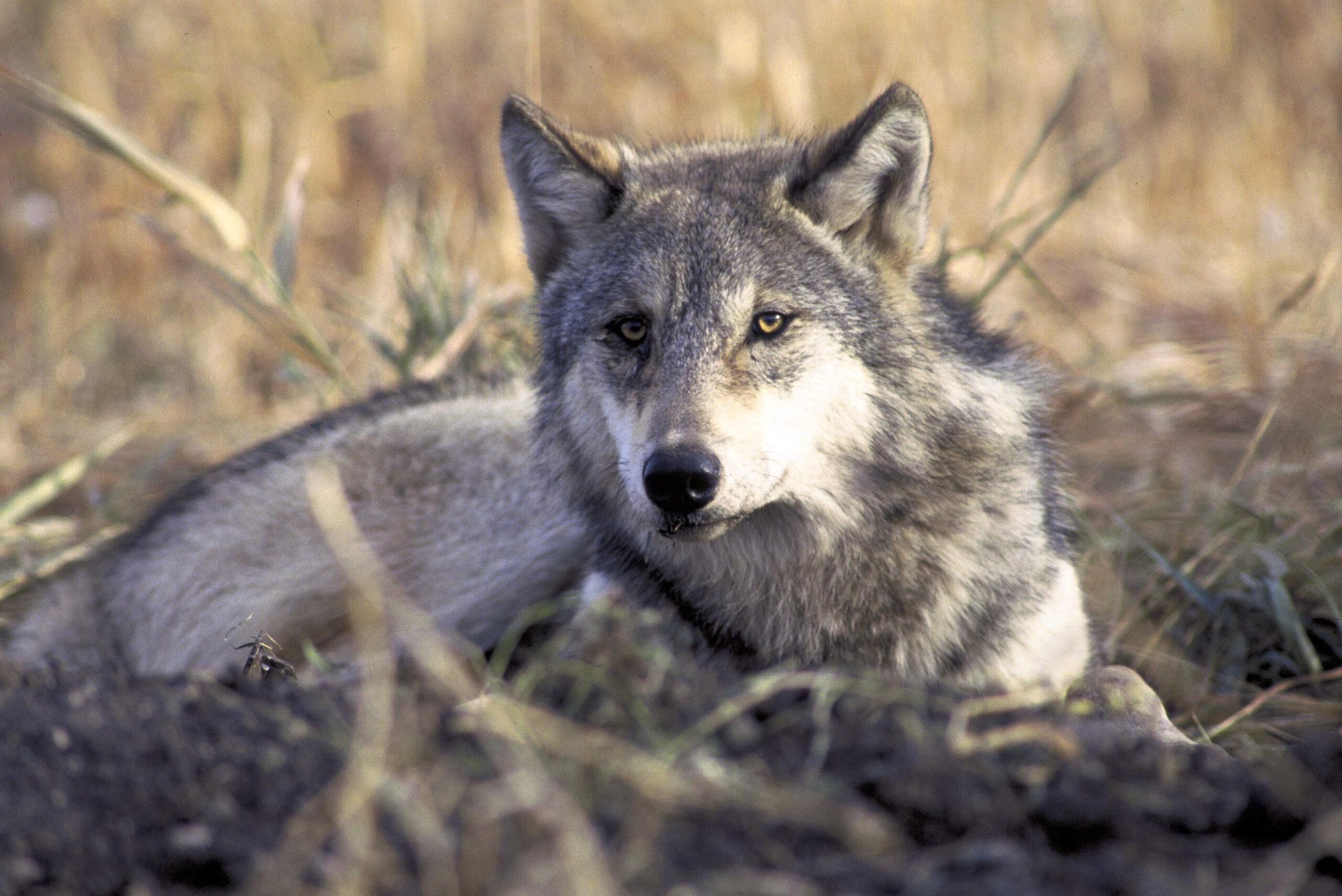
Livestock Losses Continue
Of the $2.5 million in damage payments, Wisconsin has paid more than $1.3 million for cattle, calves and missing calves — sums that have increased as wolves rebounded.
Farms that see the most wolf-livestock conflict tend to be located near large blocks of public land like the Chequamegon-Nicolet National Forest, according to Dave Ruid, a supervisor with the U.S. Department of Agriculture’s Animal and Plant Health Inspection Service Wildlife Services program, which investigates such livestock killings.
But the majority of DNR’s livestock payments did not require physical proof that wolves killed the animal. Under DNR rules, farmers who have had livestock killed by wolves can also get paid for any additional missing calves beyond the expected annual 2.3 percent mortality rate.
Michigan also pays for missing calves on farms with confirmed wolf attacks, but Minnesota does not.
In 2011, the DNR issued a record 257 missing calf payments, with 103 of those going to members of the Fornengo family, who raise beef cattle in Burnett County. The family, which declined comment, filed missing calf claims with the DNR under Fornengo Cattle Co. and T&T Ranch between 2009 and 2019. The DNR later enacted a rule that limited livestock producers to no more than five missing calf claims for every confirmed kill — but it was only in effect for two years.
As of October, the DNR paid nearly $720,000 for missing calves throughout the program’s existence, with $239,865 going to the Fornengo-owned cattle operations between 2011 and 2019.
Ruid said the owners agreed to allow the USDA to install a 6.5-mile electric wire at the farm at government expense. He said wolves are constantly testing the fence, and the farm has had confirmed livestock killings since its installation.
Farmer: Too Many Wolves
Johnson, the Medford farmer, has not lost an animal to wolves since 2014. The Fish and Wildlife Service put up flags — brightly colored and hung along a roped-off perimeter — on his land to scare them off. Still, Johnson believes farmers should be allowed to kill animals causing problems on farms. When wolves are around, the cattle are scared and do not want to eat — even their breeding cycles are affected. That is why he wants the federal government to lift protections for wolves. He would like to see no more than 350 wolves roam the state.
Wydeven, the former DNR wolf researcher, said 350 refers to the DNR’s 1999 wolf management plan, which was based on the premise that the population would only reach 500 animals in Wisconsin. Currently, it is nearly double that.
“So, 350 was logical and reasonable as a potential goal back in the early 2000s, but now considering we know the carrying capacity is quite a bit higher, that doesn’t really make sense anymore,” Wydeven said. “And it wouldn’t make sense to try to drastically reduce the wolf population down to that level.”

Retired DNR wolf researcher Adrian Wydeven. Clara Neupert/WPR

Retired DNR wolf researcher Adrian Wydeven. Clara Neupert/WPR
A research paper co-authored by Erik Olson, Northland College assistant professor of natural resources, suggests the changing status has led to inconsistent management, declining public support for wolves — and possibly more illegal killings.
Walter, the DNR large carnivore specialist, agrees.
“The continued tennis match back and forth that revolves around wolf management is increasing frustrations by constituents, by those farmers and others that are being impacted by wolves and by legislators who are listening to those constituents,” Walter said.
After two decades of consistent and rapid population growth, the state’s wolf population has leveled off — even without hunting, Walter added.
“And I think it’s becoming clear that wolves have essentially occupied all the suitable range where they can go about their daily lives unfettered by the heavy hand of humans.”
The nonprofit Wisconsin Center for Investigative Journalism (www.WisconsinWatch.org) collaborates with Wisconsin Public Radio, PBS Wisconsin, other news media and the UW-Madison School of Journalism and Mass Communication. All works created, published, posted or disseminated by the Center do not necessarily reflect the views or opinions of UW-Madison or any of its affiliates
